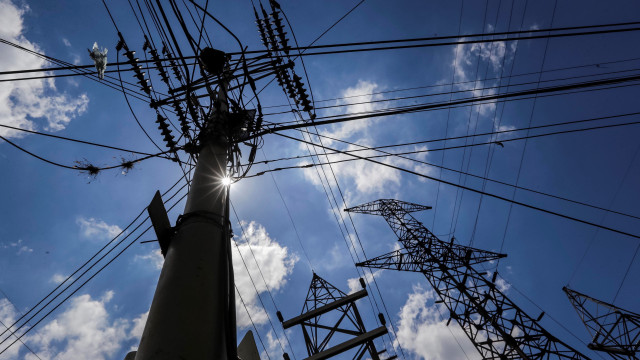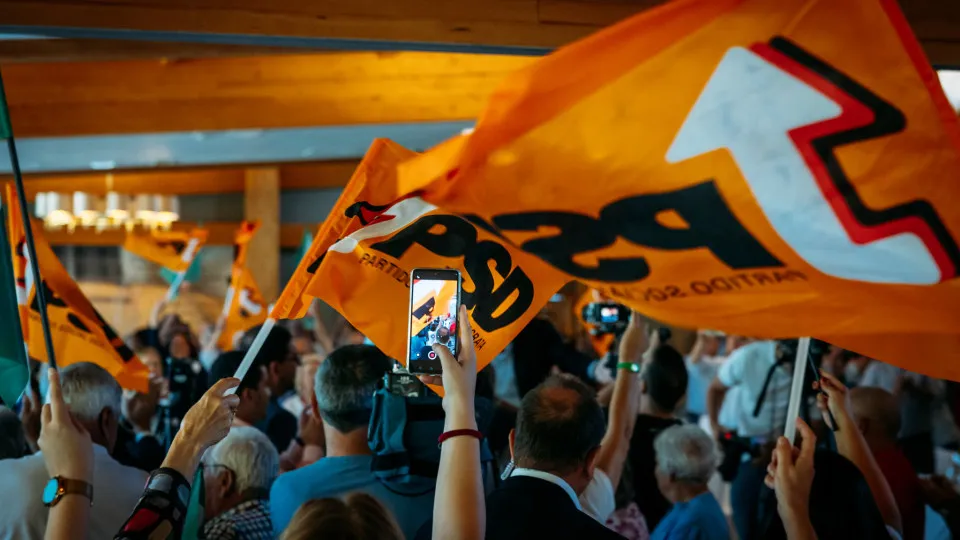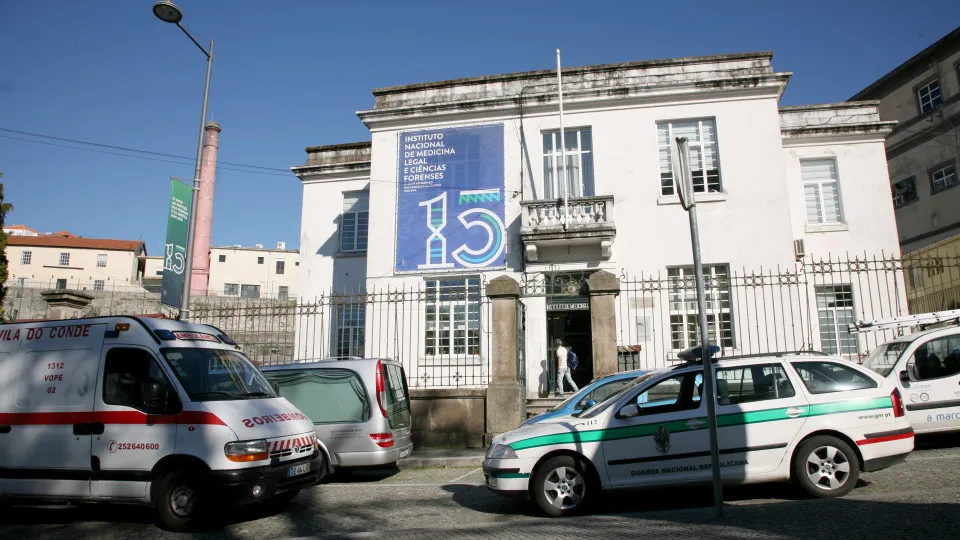The electricity bill is set to rise for those in the regulated market at the beginning of next year, as the Energy Services Regulatory Authority (ERSE) has put forward a proposal to increase electricity prices for families in the regulated market by 1% starting January 1, 2026.
What is the impact on the monthly bill?
Calculations released by the energy sector regulator indicate that the proposed increase will result in a rise between 0.20 and 0.37 euros on the monthly bill, inclusive of taxes and charges.
“This increase is below the forecasted change for the Harmonized Index of Consumer Prices (HICP), representing a reduction in real terms,” highlights ERSE.
How many customers will be affected by this increase?
As of the end of August, the regulated market encompassed more than 820,000 domestic customers, according to data from the regulatory authority.
In mainland Portugal, the annual average variation in retail prices for end customers in the regulated market was 1.7% between 2021 and 2026, as reported by the regulator.
What about the free market?
In contrast, in the free market, which had 5.7 million customers by the end of August, retail prices for end customers vary between suppliers and depend on the offer contracted by the customer.
According to ERSE, the free electricity market gained more than 9,560 customers in June compared to May, while the regulated market lost 2,730 customers, totaling 829,104.
By the end of June, consumption in the free market accounted for 94.9% of total consumption recorded in mainland Portugal.

According to data disclosed today by the Energy Services Regulatory Authority (ERSE), the free electricity market gained more than 9,560 customers in June compared to May, while the regulated market lost 2,730 customers, bringing the total to 829,104.
Lusa | 11:41 – 12/08/2025
The final price of the energy supply bill, in both the regulated and free markets, includes the cost of network access tariffs, regulated by ERSE, reflecting the collective use of electrical infrastructure.
For low-voltage consumers, including domestic customers, the variation in network access tariffs will imply an increase of 3%. For non-domestic consumers connected to very high and high voltage, reductions of 3.2% and 0.9% are foreseen, respectively.
In the liberalized market, the final price variation also depends on the energy component acquired by each supplier in the wholesale markets, plus the respective commercial margin.
Discounts for those with a social tariff
Customers with a social tariff, whether in the regulated or free market, will continue to benefit from a 33.8% discount, “calculated by reference to the retail prices for end customers in the regulated market,” notes ERSE.
The proposal is now moving to the Tariff Council for review, with ERSE making the final decision by December 15.




